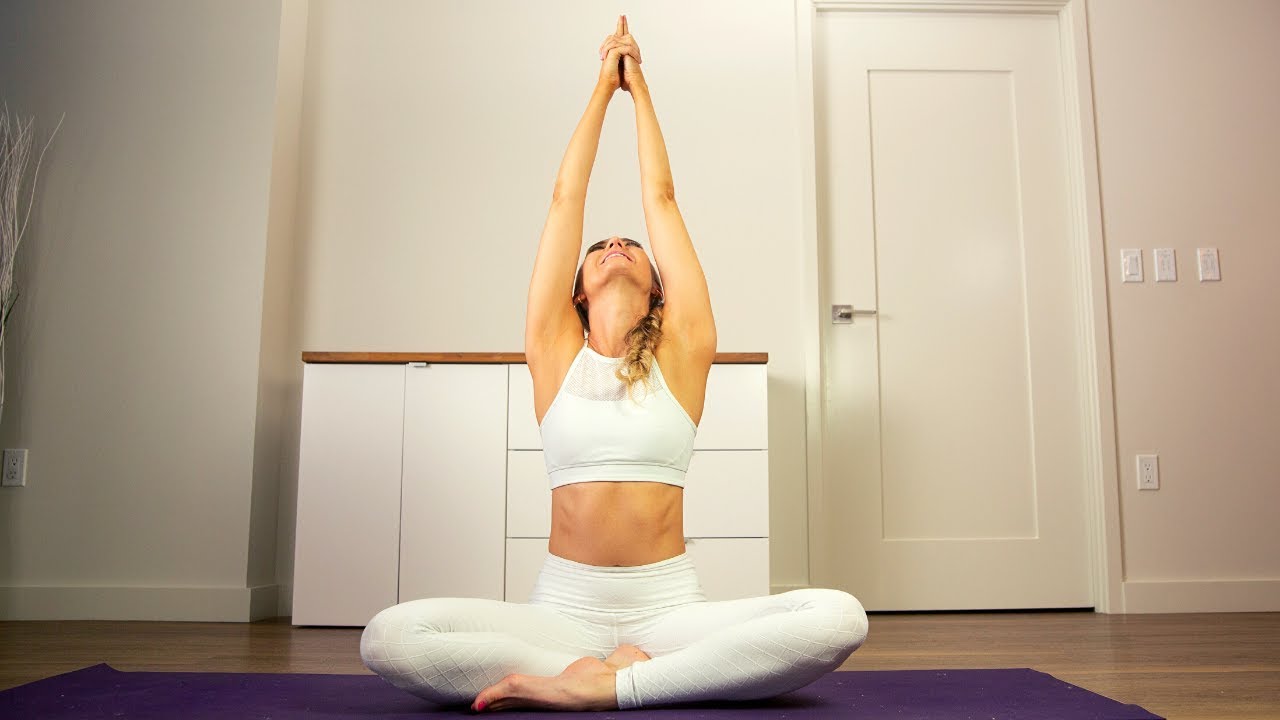Kriya Yoga is a spiritual practice that includes a combination of breathing techniques, meditation, and physical postures. This ancient practice aims to enhance mental clarity, spiritual growth, and overall well-being. Although traditionally learned through direct guidance from a qualified instructor, Kriya Yoga can also be practiced at home with proper preparation and knowledge. Consequently, understanding the principles, techniques, and best practices for Kriya Yoga allows you to create a fulfilling practice in your own space. Therefore, this comprehensive guide explores the steps to practice Kriya Yoga at home, from preparation to advanced techniques. By delving into these aspects, you can develop a meaningful and effective home practice.
Preparing for Your Kriya Yoga Practice
Preparation is a vital first step when starting your Kriya Yoga practice. Understanding the importance of a conducive environment and proper mindset ensures a successful practice. Therefore, exploring how to prepare for your Kriya Yoga practice is essential.
Creating a Dedicated Space
Creating a dedicated space for your Kriya Yoga practice helps establish a calm and focused environment. Choose a quiet, well-ventilated area in your home where you will not be disturbed. Ensure the space is clean and free of clutter to promote a peaceful atmosphere. Consider adding elements such as candles, incense, or a small altar with spiritual symbols to enhance the ambiance. A comfortable mat or cushion can also provide support during meditation and seated postures. By understanding the importance of a dedicated space, you can create an environment conducive to deep practice. Therefore, recognizing the significance of cultivating a serene space is crucial.

Setting Clear Intentions
Setting clear intentions is pivotal for aligning your mind and spirit with your Kriya Yoga practice. Begin by defining your goals, whether they involve spiritual growth, mental clarity, or physical well-being. Take a moment before each session to remind yourself of these intentions, fostering a sense of purpose and commitment. This practice helps maintain focus and motivates you to continue, even when challenges arise. By understanding the importance of setting intentions, you can deepen your connection to your practice. Therefore, recognizing the value of intentionality is essential.
Basic Techniques of Kriya Yoga
Kriya Yoga involves a series of foundational techniques that combine breath control, meditation, and physical postures. Understanding these basic techniques helps establish a strong foundation. Therefore, exploring the basic techniques of Kriya Yoga is crucial.
Pranayama (Breathing Techniques)
Pranayama, or breath control, is a fundamental aspect of Kriya Yoga. These techniques regulate the flow of prana (life energy) and calm the mind. Begin with simple exercises such as Nadi Shodhana (Alternate Nostril Breathing) and Kapalabhati (Skull Shining Breath). Nadi Shodhana involves alternating breaths between nostrils, balancing the left and right energies. Kapalabhati involves rapid exhalations, cleansing the respiratory system and energizing the mind. Practice these techniques daily, gradually increasing duration and intensity as you become more comfortable. By understanding the importance of Pranayama, you can harness the power of breath for deeper practice. Therefore, recognizing the significance of breath control is crucial.
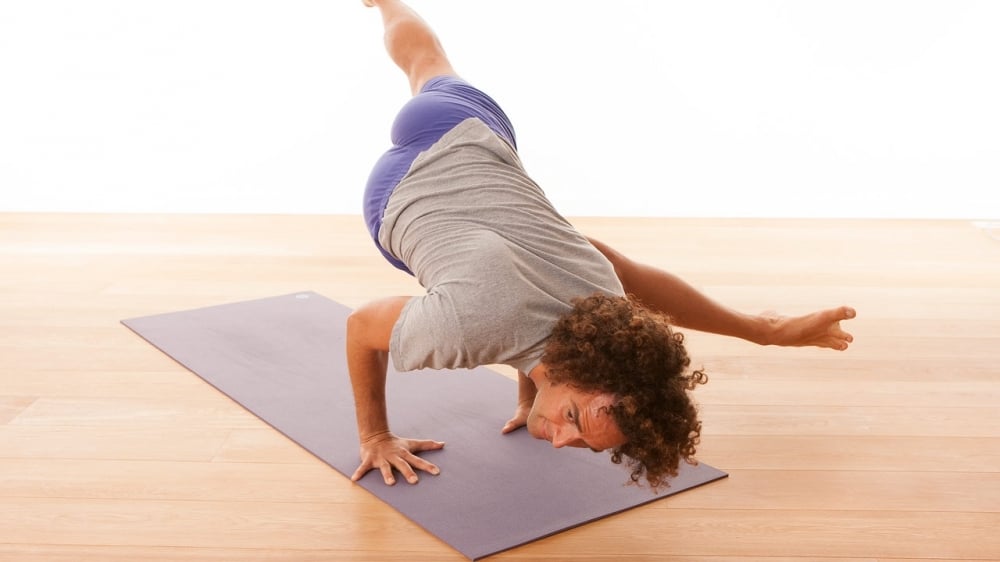
Dharana (Concentration Techniques)
Dharana, or concentration, is essential for deepening your Kriya Yoga practice. Techniques such as Trataka (Candle Gazing) and Japa (Mantra Repetition) help focus the mind and cultivate inner stillness. Trataka involves gazing steadily at a candle flame, training the eyes and mind to remain undistracted. Japa involves repeating a chosen mantra, synchronizing it with the breath to deepen concentration. Dedicate time each day to these practices, beginning with a few minutes and gradually extending as your focus improves. By understanding the benefits of Dharana, you can enhance your mental clarity and spiritual connection. Therefore, recognizing the importance of concentration techniques is crucial.
Advanced Techniques and Meditation
As you become more comfortable with the basics, you can explore advanced techniques and meditation practices in Kriya Yoga. Understanding these methods helps you deepen your practice and spiritual growth. Therefore, exploring advanced techniques and meditation is essential.
Kriya Kundalini Pranayama
Kriya Kundalini Pranayama is an advanced breathing technique that awakens the Kundalini energy, located at the base of the spine. This technique involves controlled breath retention and visualization, directing energy upward through the chakras. Begin by inhaling deeply, then hold your breath while mentally guiding the energy from the base of the spine to the crown of the head. Exhale slowly, releasing any tension. Practice this technique with caution and respect for its potency, gradually increasing duration as you become more adept. By understanding Kriya Kundalini Pranayama, you can awaken and harness transformative energies within. Therefore, recognizing the power and potential of advanced breath techniques is crucial.
Kriya Yoga Meditation
Meditation is central to Kriya Yoga, facilitating deep introspection and spiritual insight. Begin with simple meditation techniques like Anapanasati (Mindfulness of Breath) or Yoga Nidra (Yogic Sleep). Anapanasati involves focusing on the breath, observing its natural flow without altering it. Yoga Nidra involves guided relaxation, leading you into a meditative state between wakefulness and sleep. As you advance, incorporate Kriya Yoga-specific meditation techniques, such as focusing on the third eye or inner sound. Dedicate at least 20-30 minutes daily to meditation, creating a consistent practice. By understanding the importance of meditation, you can cultivate inner peace and spiritual growth. Therefore, recognizing the value of meditation is essential.
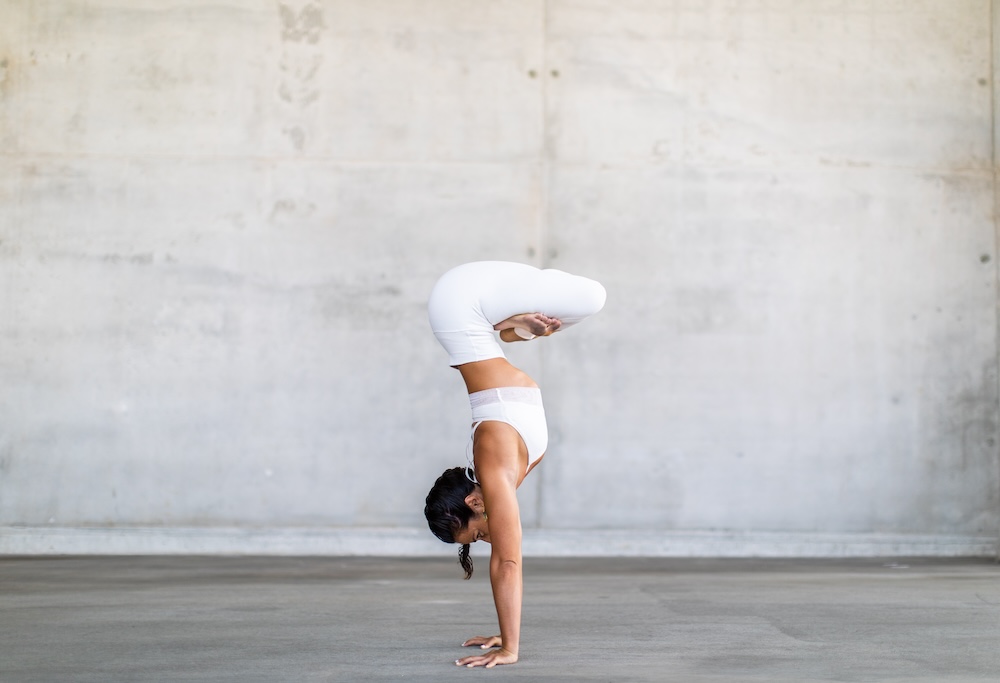
Self-Realization through Meditation
The ultimate goal of Kriya Yoga is self-realization, achieved through regular and sincere meditation. As you progress, you may experience profound insights and a deeper connection to your true self. Embrace these experiences with humility and gratitude, using them to further your spiritual journey. Remember that self-realization is a gradual process, requiring patience and dedication. By understanding the path to self-realization, you can maintain a focused and purposeful practice. Therefore, recognizing the significance of consistent meditation is crucial.
Integrating Kriya Yoga into Daily Life
Integrating Kriya Yoga into your daily routine ensures its benefits extend beyond your practice sessions. Understanding how to incorporate these principles into everyday life enhances overall well-being and spiritual growth. Therefore, exploring ways to integrate Kriya Yoga into daily life is essential.
Establishing a Routine
Establishing a consistent routine for your Kriya Yoga practice helps create discipline and continuity. Dedicate specific times each day for your practice, ideally during quiet moments such as early morning or late evening. Consistency is key, so commit to practicing even on days when motivation is low. Establishing a routine also signals to your mind and body that this time is sacred, fostering a deeper connection to your practice. By understanding the importance of routine, you can ensure steady progress. Therefore, recognizing the value of consistent practice is crucial.
Incorporating Mindfulness
Incorporating mindfulness into your daily activities bridges the gap between your Kriya Yoga practice and everyday life. Practice staying present and fully engaged in tasks such as eating, walking, or working. Mindfulness reduces stress, enhances focus, and promotes a sense of inner peace. Techniques such as mindful breathing or body scans can be integrated into daily routines, reinforcing the principles of Kriya Yoga. By understanding the benefits of mindfulness, you can create a more balanced and fulfilling life. Therefore, recognizing the importance of mindfulness in daily activities is essential.
Reflecting on Progress
Regular reflection on your progress helps you stay motivated and aware of your growth. Keep a journal to document your experiences, insights, and challenges. Reflecting on your journey allows you to identify patterns, celebrate achievements, and address areas needing improvement. Use this reflection time to realign your intentions and goals, ensuring your practice remains focused and purposeful. By understanding the value of reflection, you can maintain a deeper connection to your practice. Therefore, recognizing the importance of self-assessment is crucial.
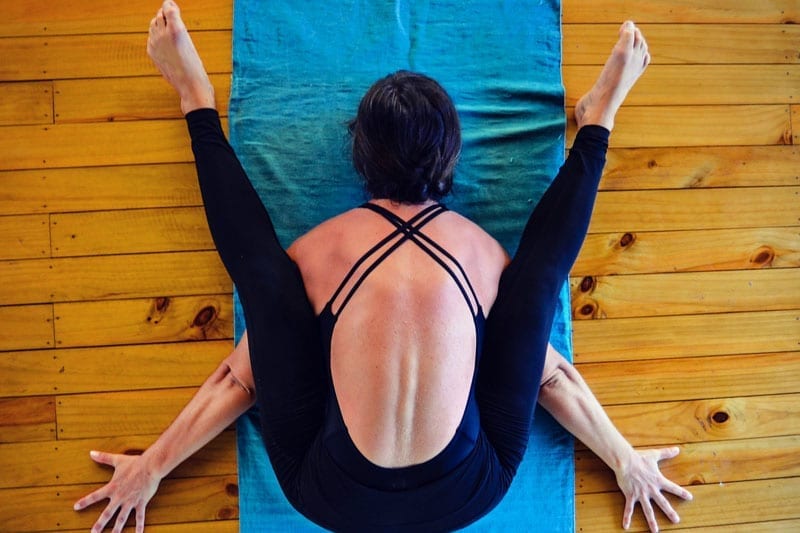
Addressing Common Questions About Practicing Kriya Yoga at Home
Understanding common questions about practicing Kriya Yoga at home provides additional clarity and confidence. Knowledge of these answers ensures better preparation and commitment. Therefore, exploring common questions is essential.
Can Beginners Practice Kriya Yoga at Home?
A common question is whether beginners can practice Kriya Yoga at home. While Kriya Yoga is traditionally learned from an experienced teacher, beginners can start with foundational techniques and gradually progress. It’s crucial to approach the practice with respect, patience, and a willingness to learn. Reading reputable books or following guided online resources can provide valuable insights and instruction. Seeking occasional guidance from a qualified teacher, even if practicing primarily at home, is beneficial. By understanding the suitability for beginners, you can approach Kriya Yoga with confidence. Therefore, recognizing the accessibility of the practice is crucial.
How Long Should Each Kriya Yoga Session Be?
Another common question concerns the ideal duration for each Kriya Yoga session. The length of your practice can vary based on experience and personal preference. Beginners may start with shorter sessions of 20-30 minutes, gradually increasing as they become more comfortable. Experienced practitioners may extend their sessions to 60 minutes or more, incorporating advanced techniques and deeper meditation. Consistency is more important than duration; regular daily practice yields better results than occasional lengthy sessions. By understanding the flexibility in session length, you can tailor your practice to your needs. Therefore, recognizing the importance of consistent practice is crucial.
Addressing Common Misconceptions About Kriya Yoga
Addressing common misconceptions about Kriya Yoga provides accurate information and dispels unwarranted concerns. Clarifying misunderstandings ensures an informed perspective. Therefore, this section explores common misconceptions about Kriya Yoga.
Misconception: Kriya Yoga is Only for Advanced Practitioners
A common misconception is that Kriya Yoga is only suitable for advanced practitioners. While it includes advanced techniques, Kriya Yoga is accessible to practitioners at all levels. Beginners can start with foundational practices and gradually progress to more advanced techniques. The key is to approach the practice with an open mind and a willingness to learn at your own pace. By understanding the inclusivity of Kriya Yoga, you can feel encouraged to start your journey. Therefore, dispelling this misconception highlights the practice’s accessibility.
Misconception: Kriya Yoga Requires Extensive Time Commitment
Another misconception is that Kriya Yoga requires an extensive time commitment. While dedicated practice time is beneficial, even shorter, consistent sessions can yield significant benefits. The practice can be integrated into daily life, allowing for flexibility and adaptation. Prioritizing quality over quantity ensures meaningful progress without an overwhelming time burden. By understanding the manageable nature of Kriya Yoga practice, you can incorporate it into your routine more effortlessly. Therefore, dispelling this misconception emphasizes the practice’s adaptability.
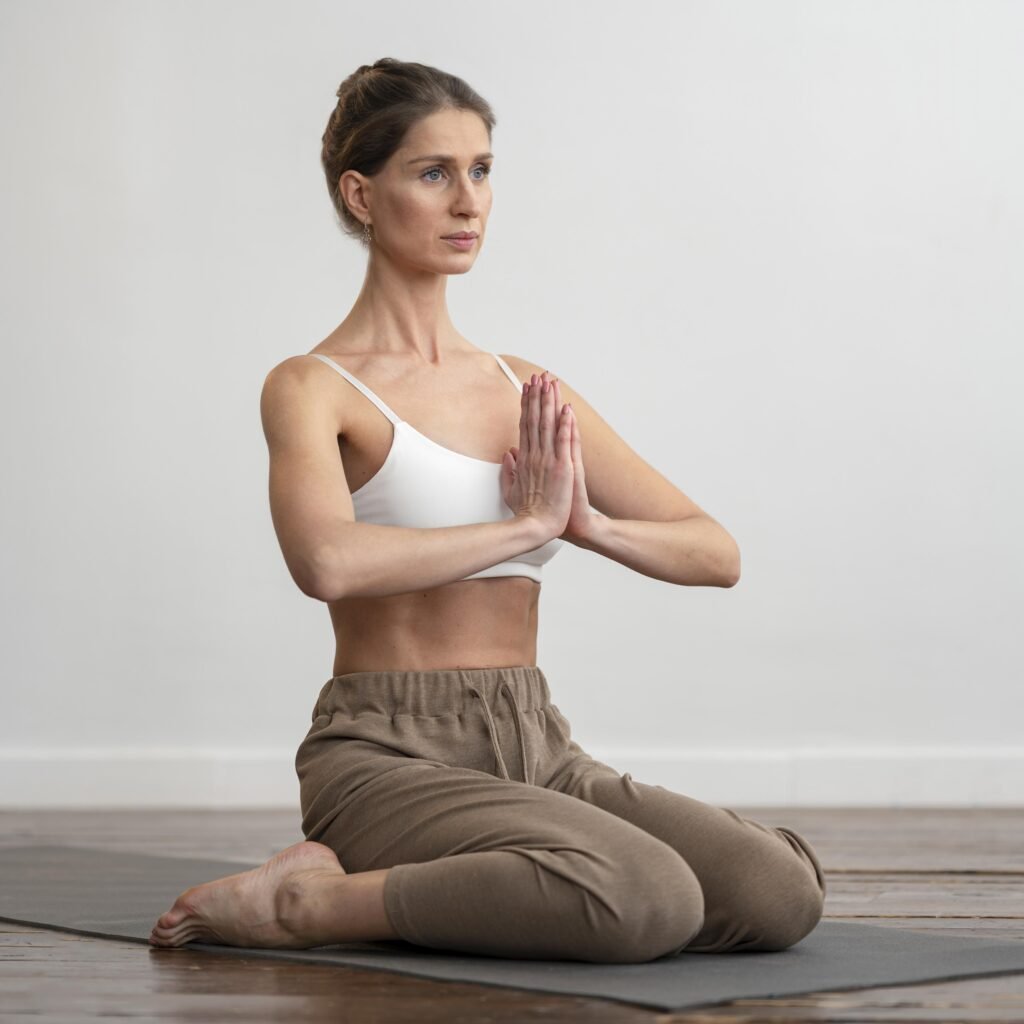
Conclusion: Embracing the Practice of Kriya Yoga at Home
Embracing the practice of Kriya Yoga at home involves understanding the preparation, techniques, integration, and common questions related to this spiritual discipline. Proper knowledge of these aspects ensures a fulfilling and effective practice.
Exploring key elements such as creating a dedicated space, setting intentions, mastering basic and advanced techniques, and incorporating mindfulness provides valuable insights. Recognizing the importance of establishing a routine, reflecting on progress, and addressing common misconceptions enhances overall understanding and commitment.
By engaging with these elements, practitioners can confidently embark on their Kriya Yoga journey, fostering spiritual growth and well-being. Therefore, whether you are a beginner or an experienced practitioner, understanding how to practice Kriya Yoga at home offers practical and valuable insights. Embrace the opportunity to deepen your spiritual practice, knowing you have the knowledge and resources to achieve a meaningful and transformative experience!
